| Here's the bird of the day: the beautiful noio, or black tern. Any artist would admire the color blending from the white cap to the black of the lower body. The white eyeliner below the eye adds a nice touch. Funny how birds are named; if I didn't know any better, I'd say this was the sooty tern, as it looks a bit like a chimney sweep with a fresh layer of ash on its head. The sooty tern is actually distinctly black and white (see pic), but I digress. We have two subspecies of black noddies here in Hawaii: A. s. melanogenys (MHI) and A. s. marcusi (NWHI). Noio are a social lot and are homebodies, flocking and breeding close together on rocky cliffs and off-shore islands. When foraging, they generally stay close to the breeding colony, typically leaving in the morning and returning in the evening, though some nightime foraging may occur. Like the manu o ku, this diurnal pattern may offer clues to the observant crew of the Hokule'a as they search for land. Noio are often found following schools of predatory fish, such as skipjack tuna, that drive fish and other prey to the surface, making it easier to skim along to grab a quick bite. Meals are swallowed immediately - you won't see a noio carrying a fish or squid. Back at base camp, they regurgitate their food for their chick. Mom and Dad share all child-rearing duties, and raise usually one chick in a bit of a sloppy-looking nest glued together with guano. Noddies may nest in trees as well as ledges and caves; ironwood, naupaka, and beach heliotrope are favored. Courtship involves a variety of body language, from "bridling," where the male moves his head forward and back while snapping his bill open and closed; to the nodding display, where both male and female dip and bow. There may also something called the "foot-looking" display, where the noio seems to inspect their feet (interesting), and the "gaping" displays, where the colorful orange-yellow mouth is opened and pointed downward. | |
|
0 Comments
When you are considered a tasty morsel by dolphin, tuna, mahimahi, and other fast swimmers of the ocean, you better have a pretty good get-away plan. The flying fish, or mālolo take to the air. Sculling their tails rapidly, spreading their elongated pectoral fins, and then angling upwards, they break the surface of the water. Once air-born, they catch updrafts and then glide for as long and as far as they can. While they cannot beat their pectoral fins like true wings, the airfoil curve of the appendage helps create lift, and they can tilt them a bit to bank left or right. The record for maximum time aloft is 42 seconds, time enough to befuddle a hungry predator. A distance of a hundred feet or more can be covered in a single bound. Ah, but mother nature isn't going to let these mighty leapers off so easily: waiting above are a myriad of hungry sea birds. 'Iwa, noio, and 'A (frigatebird, black noody, booby) are just a few of the birds adept at skimming low over the ocean's surface, mouth agape to scoop up an unlucky malalo.
There are nine species of flying fish that inhabit the waters around Hawaii, and some forty plus species worldwide. They prefer the warmer waters, and will migrate towards or away from the equator to find the ideal temperature. Summer is when they are most abundant here off-shore. Sailors have occasionally reported flying fish landing on their decks, including the lelepo which flies at night, often attracted by the on-board lights. Flying fish lay their eggs on anything that floats, such as driftwood, palm fronds, and even plastic debris. The eggs are also tasty to sea birds, and some researchers infer that the large amounts of plastic found in the bellies of albatross may be due to their ingestion of it while gathering mālolo eggs. Humans enjoy the meat and roe as well; tobiko is a type of sushi featuring the eggs of the Japanese flying fish. In Hawaii, the mālolo were eaten raw, or wrapped in ti leaves and cooked. Last week, I went into the garden shed to do a little clean-up, and noticed a beach towel I had left in there. Unfolding the towel, I discovered two hard shelled and pearly-white eggs the size of edamame beans. One had hatched, but the hatchling was nowhere to be found. I quickly decided that I had to find out what was inside the other egg. The size gave me a pretty good idea it had to be a lizard, and I remembered reading somewhere that the brown anoles lay one to two eggs, and there are a ton of anoles in my backyard, so that was a possibility. Geckos also will often lay two eggs; ultimately it was a matter of setting up a hatching container and waiting for the outcome. I carefully placed the egg in simple container in some paper toweling and left that in the shed. I didn't have to wait long; in just a matter of a few days, out popped a mini gecko, with what seemed to be the egg skin still clinging to its back. I was happy to add this little trouper to the established gecko population around the house - they do such a nice job with cockroach extermination. If you know someone who wants to try hatching some gecko eggs of their own, I've read that papaya, banana and palm trees are good places to find eggs. Or try the garden shed.
They're innocent looking enough. Just some marine snails in conical hats, clamped to the rocks in the intertidal zone, and doing their part for the ecosystem by keeping the fuzzy algae in check. But the saying, He ia make ka opihi - the opihi is the fish of death, serves as a reminder that picking 'opihi for their tasty flesh is a risky business. While their shape and strong muscular foot allows them to hold fast through pounding surf, the tidal surge can be downright frightening for the 'opihi harvester. There are three species of 'opihi here: the blackfoot, 'opihi makaiauli; the yellowfoot, 'opihi alinalina; and the kneecap 'opihi, or koele. The blackfoot inhabits areas closest to shore, the kneecap likes it a bit deeper, and the yellowfoot prefers it where the surf is roughest. Despite the difficulties for the collector, 'opihi numbers have declined significantly due mainly to overharvesting. A gallon of 'opihi can go for as much as $200. Presently, the 'Opihi Partnership, spearheaded by the Nature Conservancy, is working to gather baseline data about 'opihi populations near Maui and Kaho'olawe. Others are attempting to raise 'opihi using aquaculture techniques to relieve pressure on this humble limpet. On a side note, genetic studies have been underway by researchers at the Hawaii Institute of Marine Biology. They have determined that each island has it's own unique populations of 'opihi. 'Opihi are similar to other marine snails in that they have gills, a mouth tube, a head with tentacles, and a strong muscular foot. They are known to create shallow depressions in the rock which becomes their "base camp." After venturing out for feeding, they return to the snugly-fitting base camp for extra gripping power. Though they do not permanently attach themselves like barnacles do, they are the "super gluers" of the snails and may be near impossible to pry off once a failed attempt to pluck them has been made. Their low profile also helps them to remain steadfast through wave action and the ribbing of the shell allows water to drain off easily. Traditionally, 'opihi were also used as scrapers for taro, and for jewelry.
If you look North North-east these evenings, you can't help but see today's featured constellation. The crew of the Hokule'a will look for its familiar W or M shape which recalls the wings of the magnificent 'iwa. They call it 'Iwa Keli'i, the Chief Frigate Bird. Picture the angular wings of this mighty bird as it soars overhead. This constellation is part of the skyline called Ka Lupe o Kawelo ("The Kite of Kawelo"). Knowing the four skylines covering the celestial sphere helps the wayfinder recognize star patterns helpful in navigation. 'Iwa Keli'i soars and circles around Hokupa'a (Polaris) in a counterclockwise direction throughout the night, and is bright enough and distinctive enough to be recognized in most moonlit skies. In other mythology, the "W" is seen to be the throne of Cassiopeia, a queen associated with Ethiopia. She was the wife of Cepheus and the mother of Andromeda, and to her detriment, a tad vain. The tale is told of her boasts that she and her daughter were much more beautiful than the Nereids, the sea nymphs. This brought on the ire of Poseidon, who sent Cetus the whale to destroy their city. Nervously, the king and queen consulted oracles, who told them that the only way to save the city was to sacrifice their daughter. Andromeda was chained to a rock near the sea, awaiting her demise, when along came Perseus who rescued her and killed the monster whale. However, Cassiopeia wasn't to get off so easy. Poseidon tied her to her throne and placed her in the sky, which meant that on she would spend half the night upside-down, as she circled the celestial pole.
Look at the beauty of this animal: unusually large and forward-facing eyes framed by a facial disc of feathers, a regal bearing, and sharp talons and beak. No wonder it inspires respect. References to the pueo are found throughout Hawaiian mythology. It is known as a kinolau: a physical manifestation of an 'aumakua, or guardian spirit, and is considered to be one that provides protection and guidance. Hawaii is home to two species of owls: the barn owl, Tyto alba pratincola, and the endemic pueo, Asio flammeus sandwichensi. The barn owl was actually introduced to Hawaii in the late 1950's to early 1960's in an effort to control rodents in agricultural areas. It is the more common of the two owls, and larger in size. They are also lighter in coloring, and are most active at twilight and through the evening. The less common pueo, by contrast, is unusual among owls as it tends to be more active during the day. Its darker coat is streaky and it is a smaller owl, getting to be around 15 inches with the females somewhat larger than the males. The pueo is thought to have first arrived in the islands shortly after they were settled by the Polynesians who probably brought with them the Pacific rat, Rattus exulans, a food source for the pueo. Pueo are found throughout the MHI, though there is much that remains unknown about this noble raptor. Grasslands, parklands, and other open habitat are common haunts. They have remarkable long distance vision, and may be observed hovering over their prey before swooping down for the kill. Like all birds, their eyes are fixed in their sockets, thus they must turn their heads to see in a different direction. With fourteen neck vertebrate instead of seven (as in humans), they can accomplish an amazing degree of head rotation - that characteristic owl motion. Breeding seems to occur year-round, with pueo females constructing a nest on the ground by making a simple shallow lined with grasses and feathers. The duties of the male include protecting the nest and keeping the females nourished. As the incubation of the eggs happens before the laying of the last egg of the clutch, the chicks hatch over a period of time; this is known as asynchronous hatching. Nesting on the ground makes the pueo vulnerable to predation from rats, mongooses, and feral cats. These and other factors such as loss of habitat have led to the pueo being declared an endangered species on Oahu. But on a positive note, the pueo may have resistance to the avian malaria and avian pox. |
welcomes you to visit with the all the wonderful flora and fauna that we share this lovely aina with. Categories
All
Archives
October 2014
|
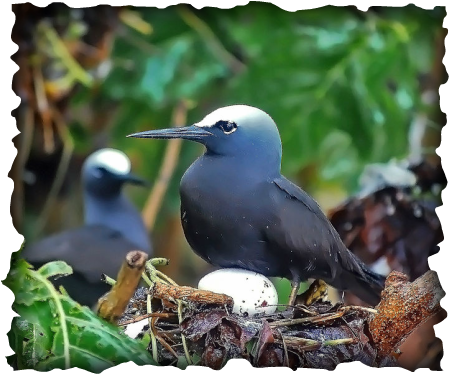
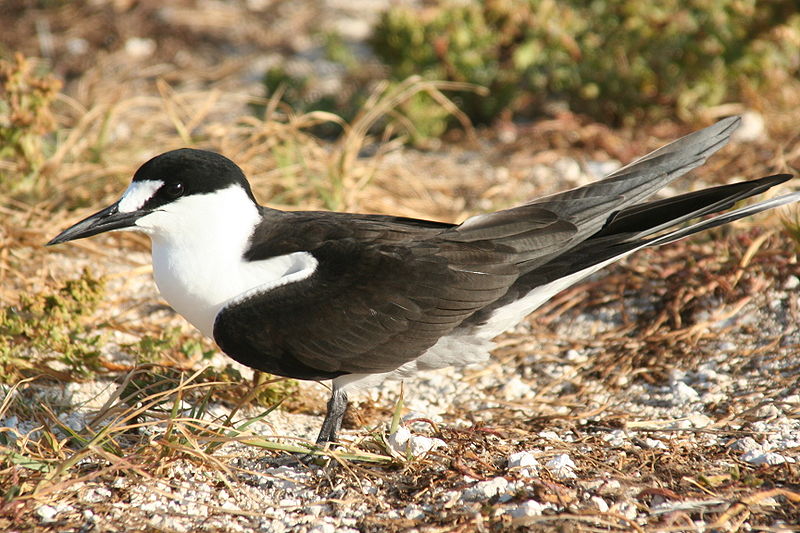
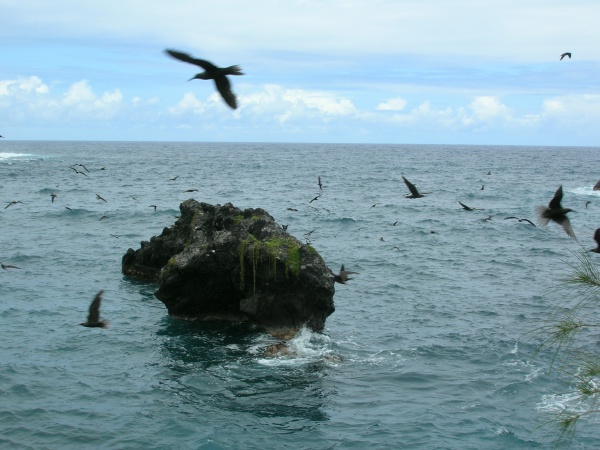
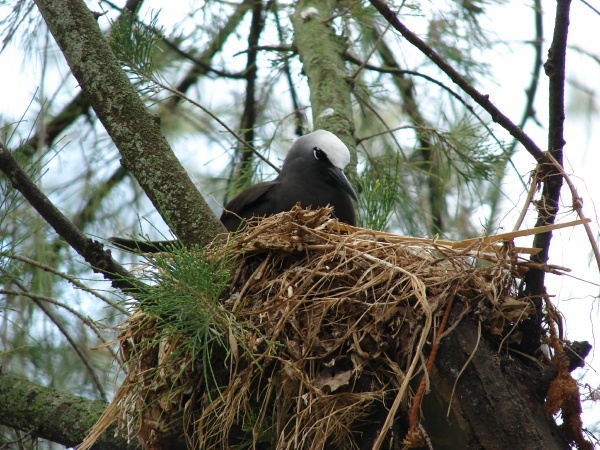

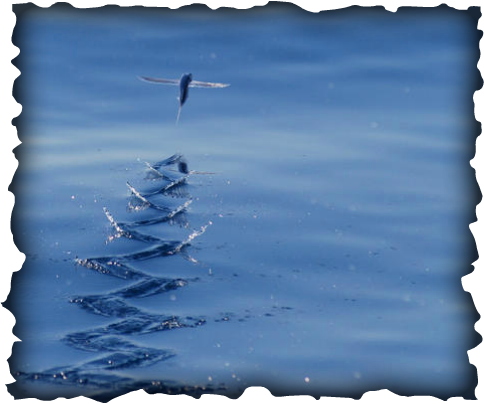
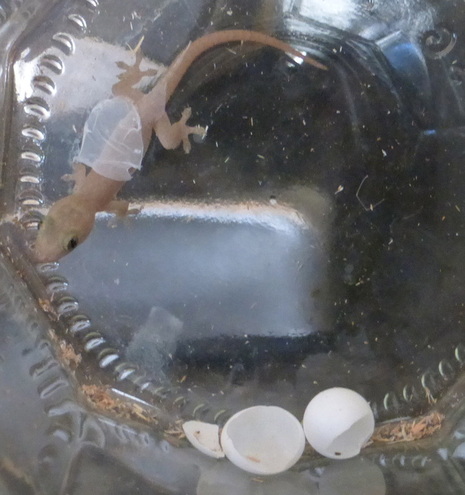
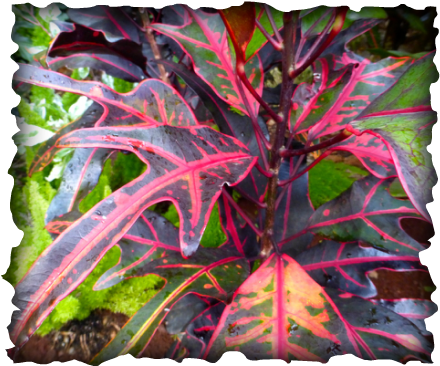
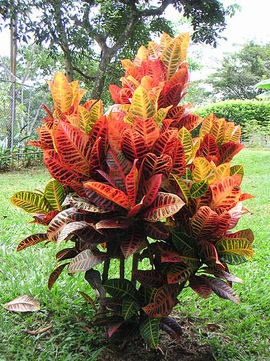
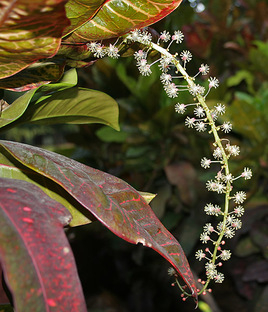
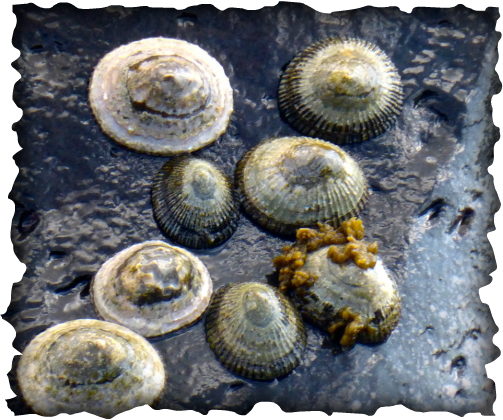
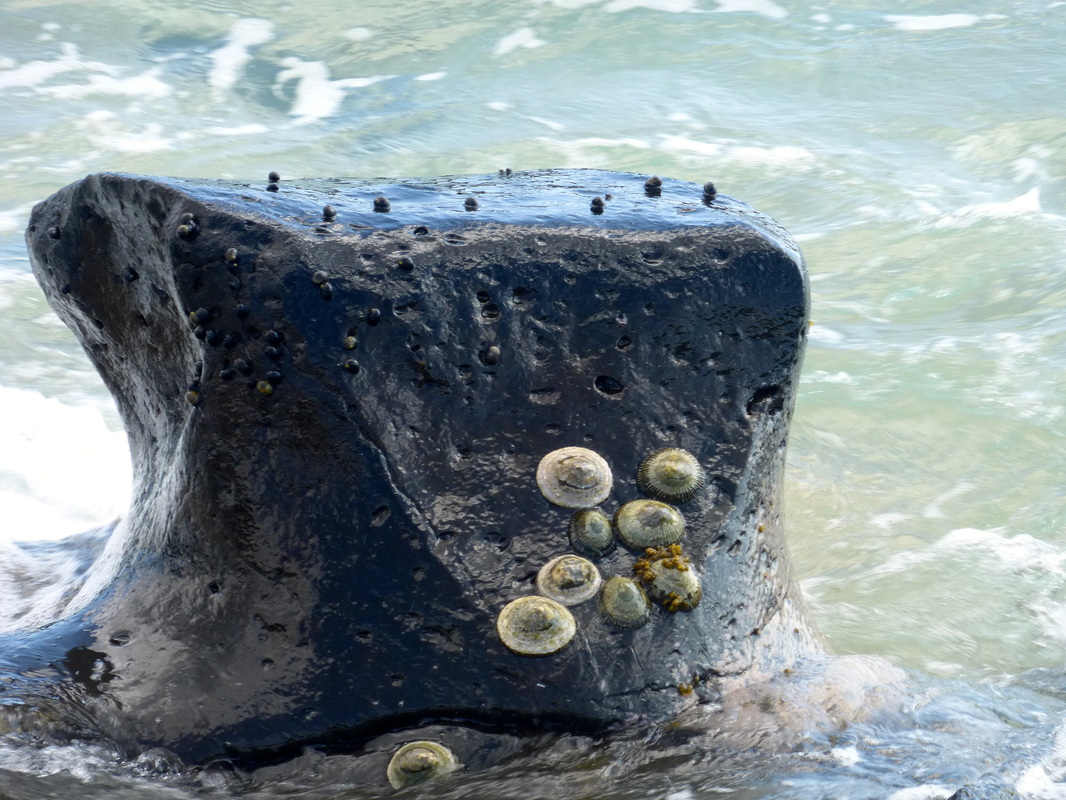

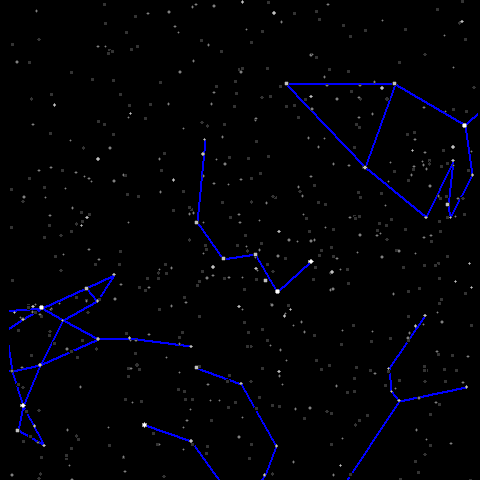
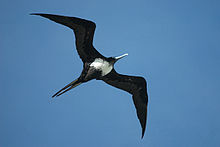

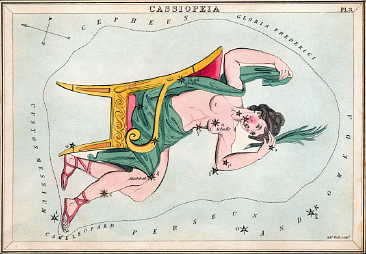
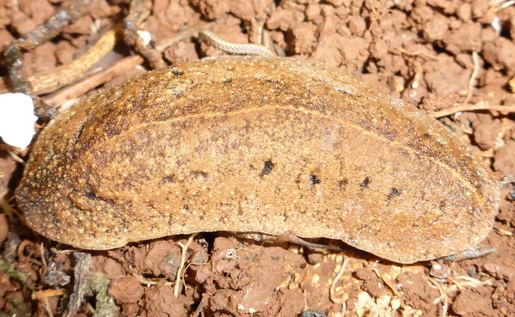

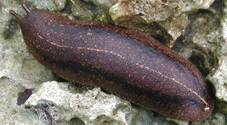
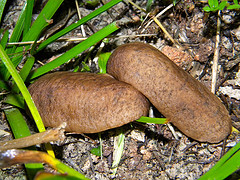
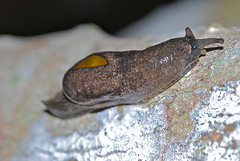
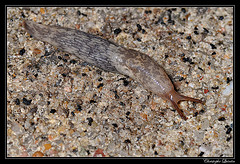
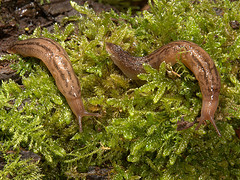
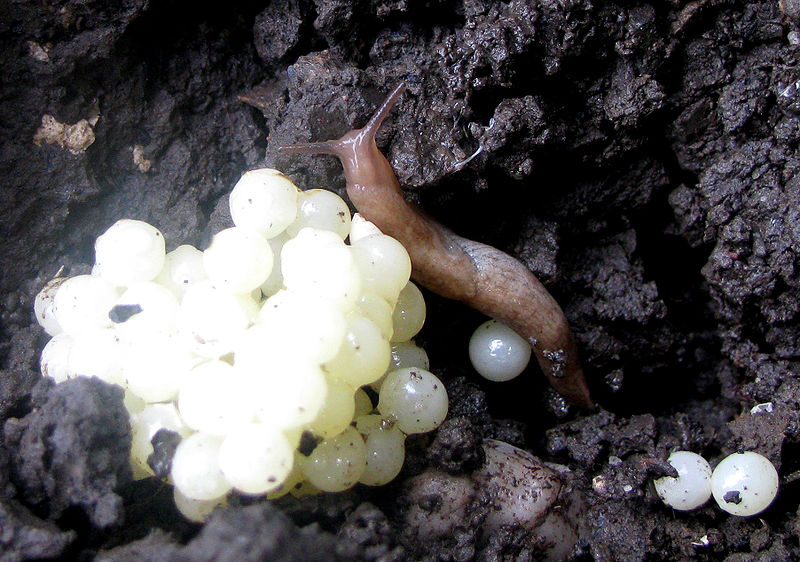
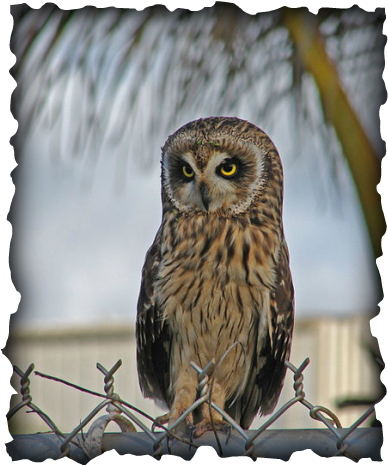
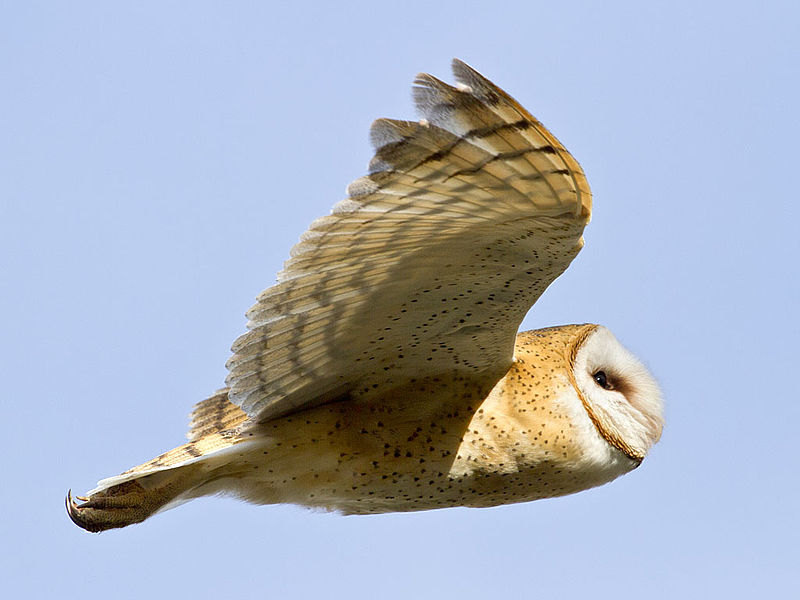
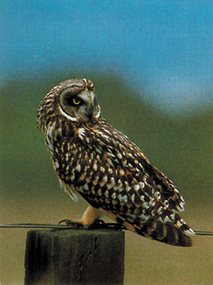
 RSS Feed
RSS Feed
